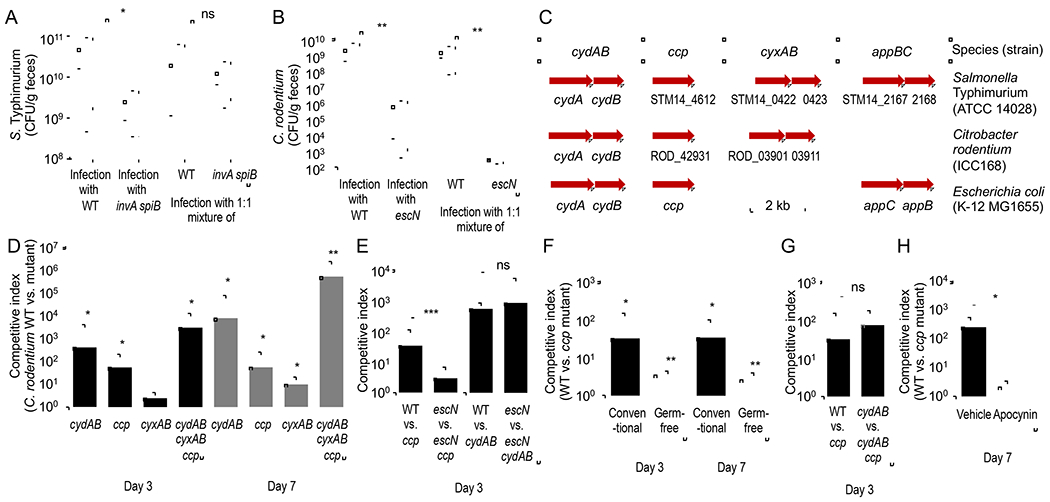Figure 1: Virulence factors provide C. rodentium access to a spatial niche in close proximity to the epithelium in which cytochrome c peroxidase provides an early fitness advantage.

(A) Mice (C57BL/6J, N = 6) were infected intragastrically with S. Typhimurium wild type (WT) (Kingsley et al., 2003), an invA spiB mutant (Faber et al., 2016) or with a 1:1 mixture of both strains. The graph shows recovery from the feces at 5 days after infection. (B) Mice (C57BL/6J, N = 6) were infected intragastrically with C. rodentium wild type (WT), an escN mutant or with a 1:1 mixture of both strains. The graph shows recovery from the feces at 7 days after infection. (C) Schematic showing the presence of select respiratory enzymes in the genomes of C. rodentium, E. coli or S. enterica serovar Typhimurium. (D and E) Mice (C57BL/6J) were infected intragastrically with a 1:1 mixture of the C. rodentium wild type (WT) and one of the indicated mutant strains. (D) N=4. (E) N = 8. (F) Conventional mice (C57BL/6J, N = 4) or germ-free mice (Swiss Webster, N = 4) were infected intragastrically with a 1:1 mixture of the C. rodentium wild type (WT) and a ccp mutant. (G) Conventional mice (C57BL/6J, N = 6) were infected intragastrically with a 1:1 mixture of the indicated C. rodentium strain mixtures. (H) Conventional mice (C57BL/6J, N = 6) received water (Vehicle) or apocynin in their drinking water throughout the experiment and were infected intragastrically with a 1:1 mixture of the C. rodentium wild type (WT) and a ccp mutant. (D-H) The competitive index (ratio of WT to mutant) in the feces was determined at the indicated time points. (D and F) Statistical analysis indicates whether the competitive index was significantly different from 1. *, P < 0.05; **, P < 0.01; ***, P < 0.005; ns, P > 0.05.
